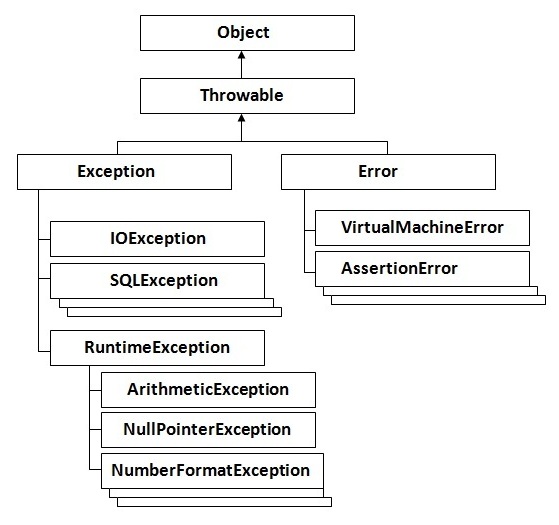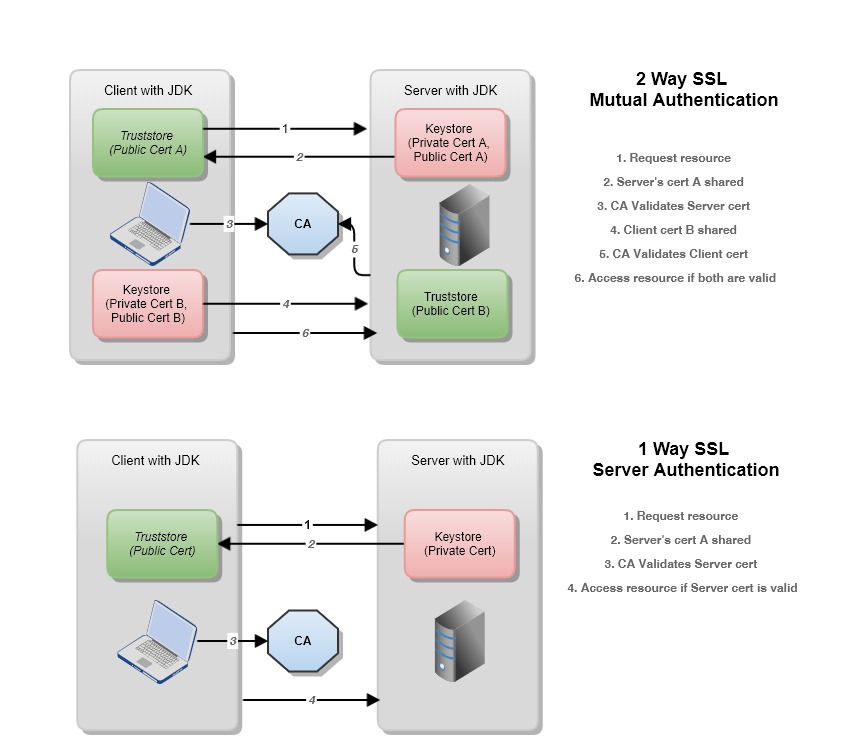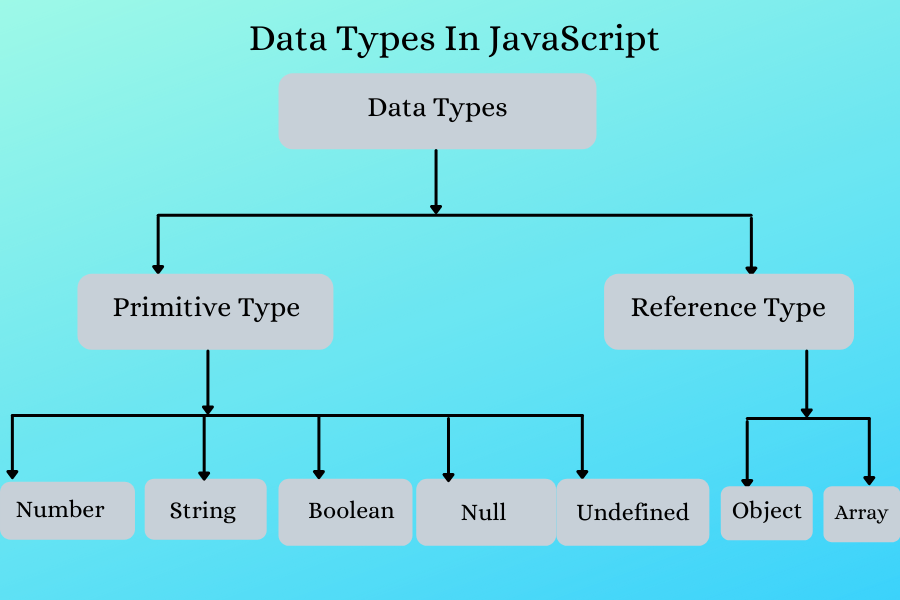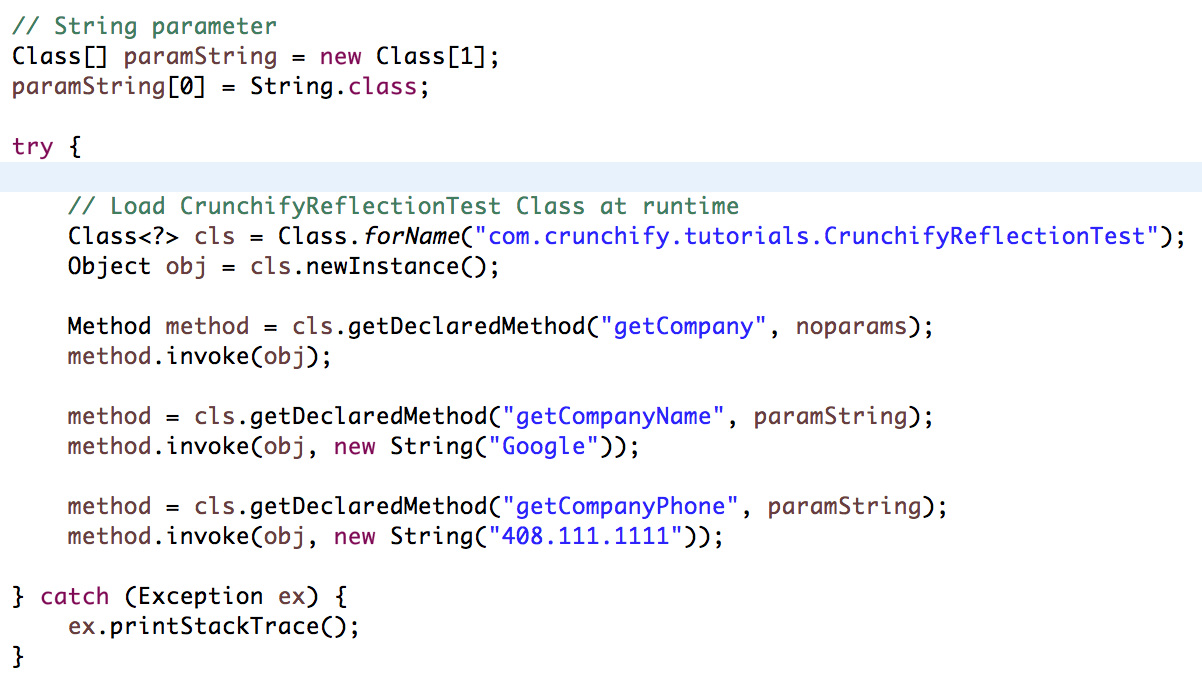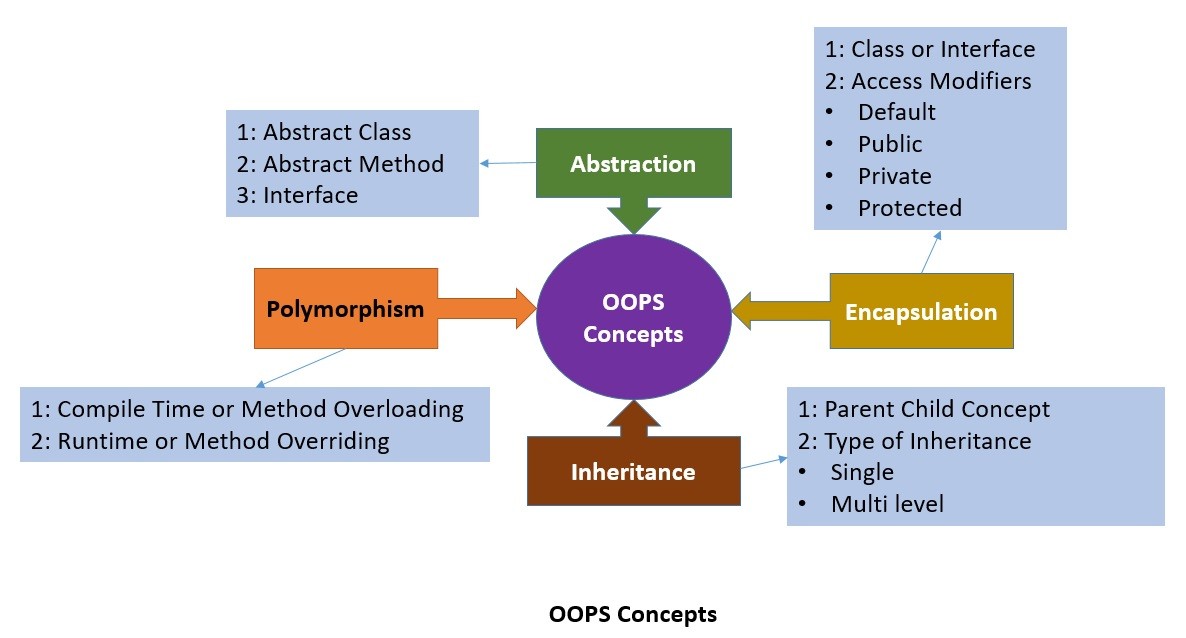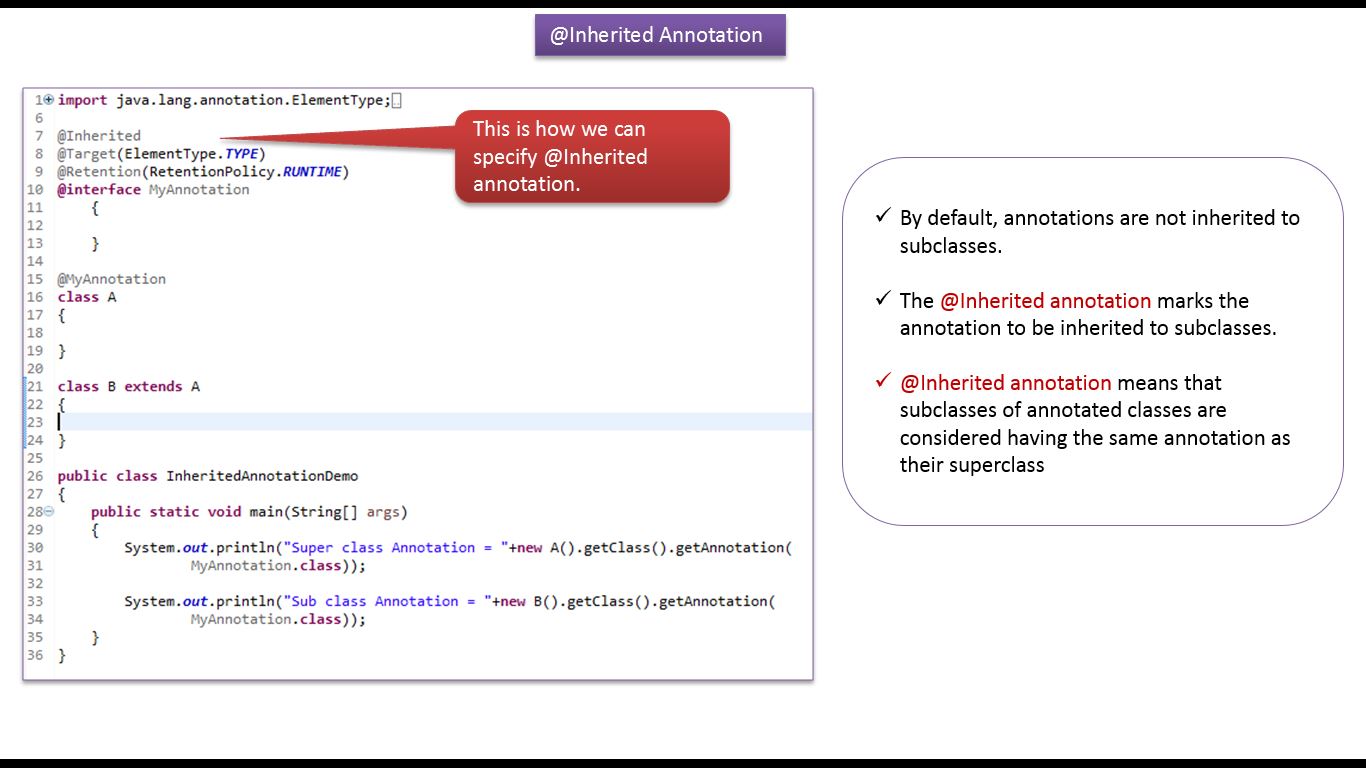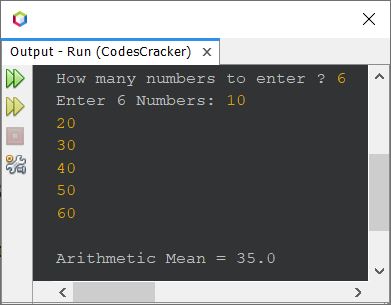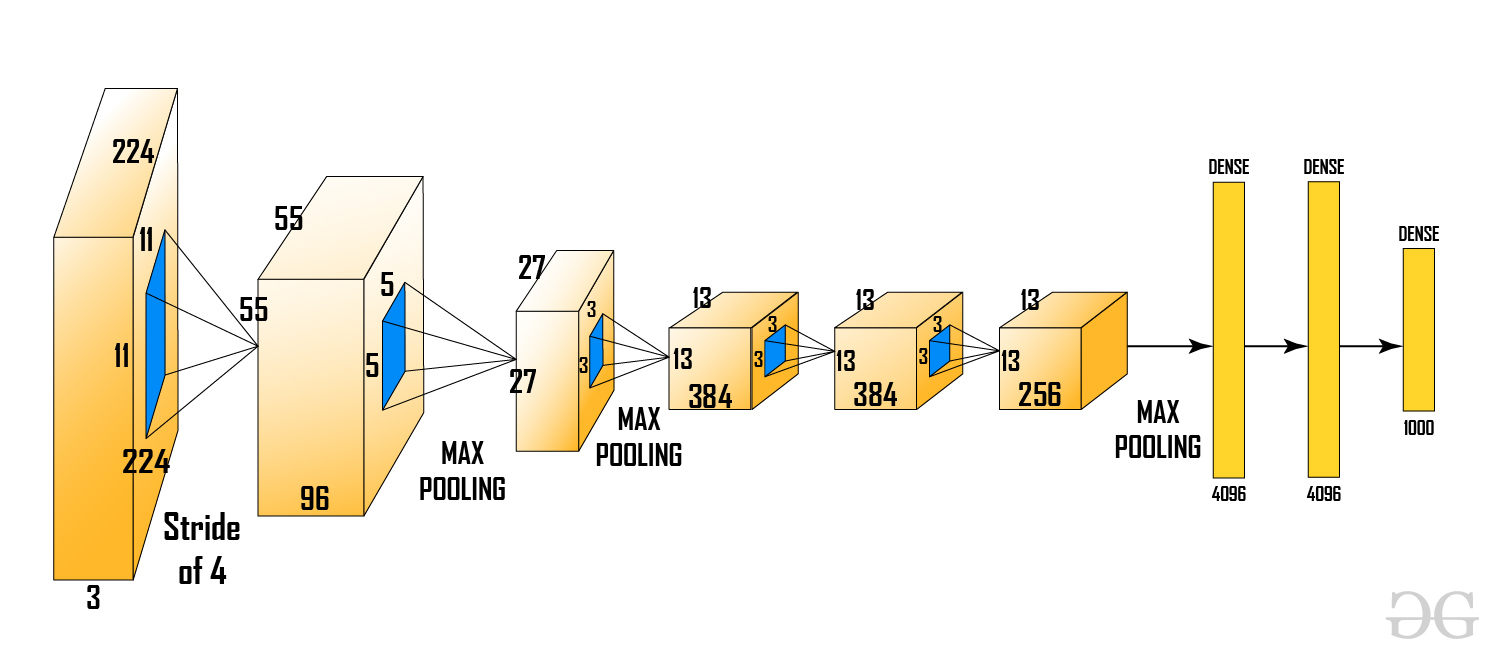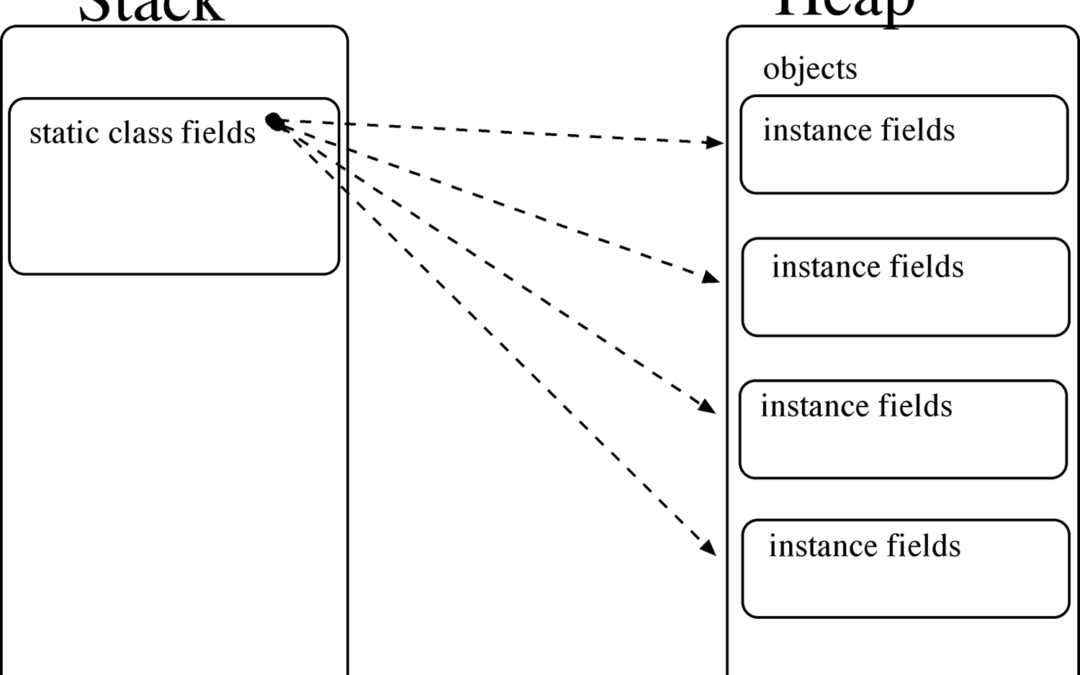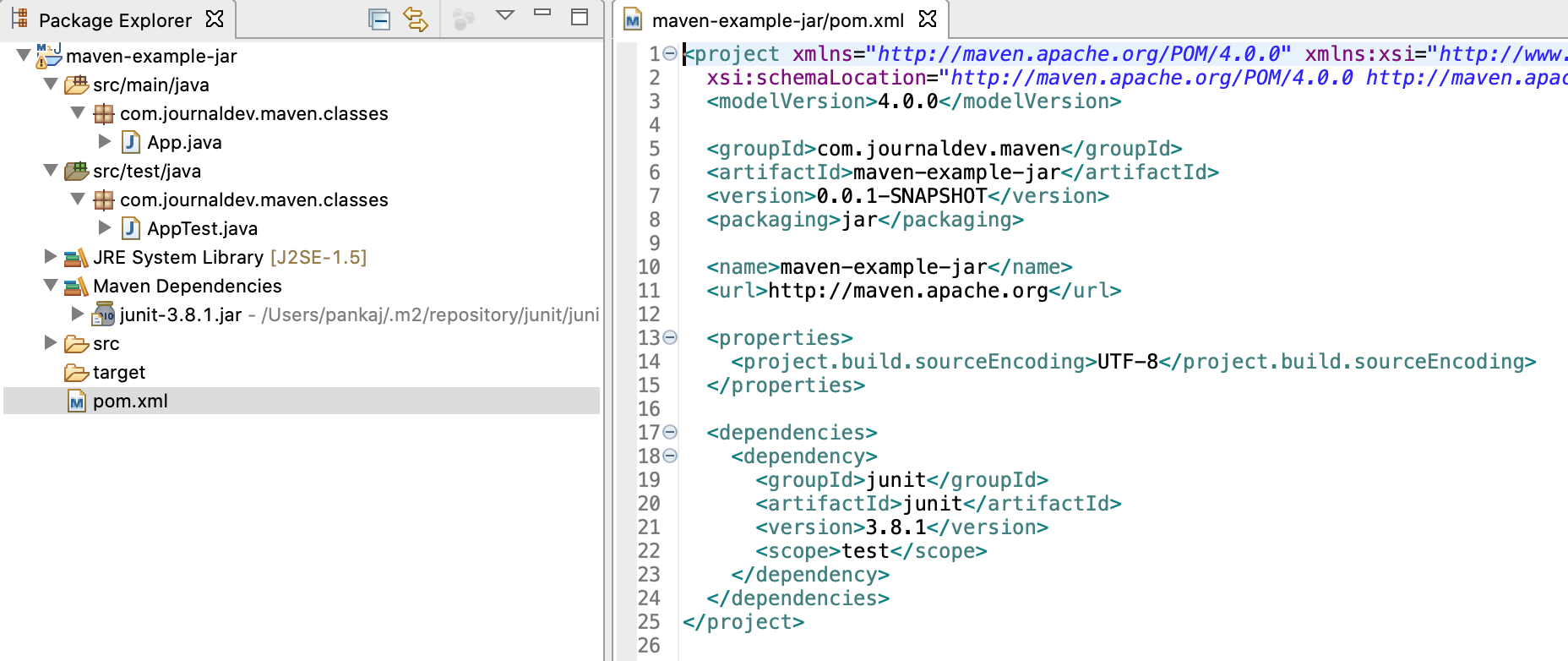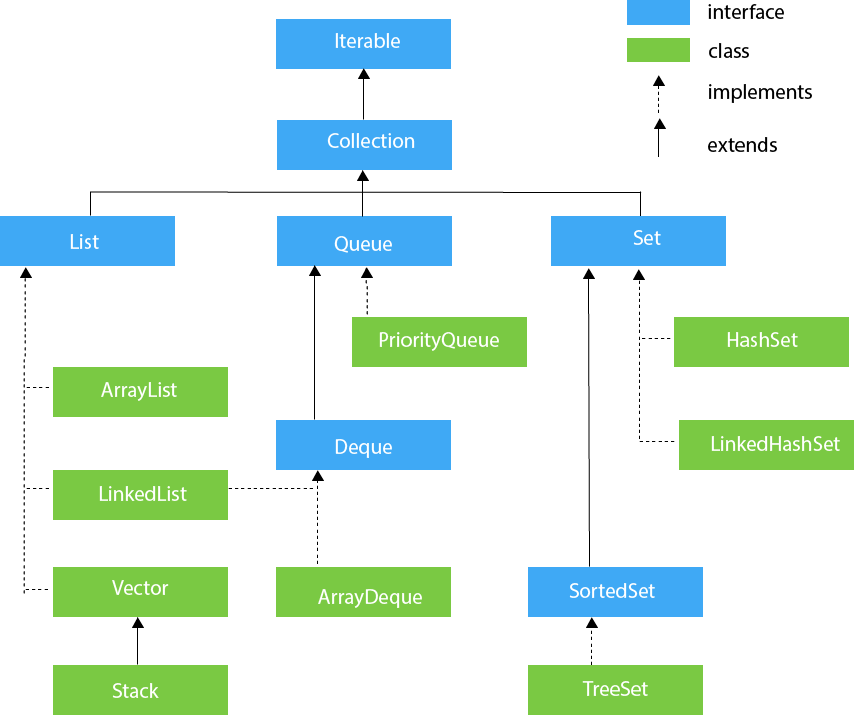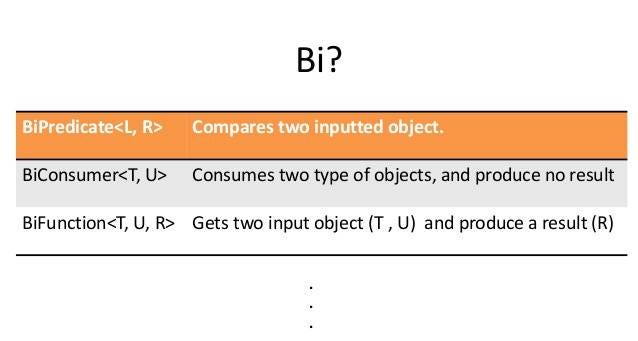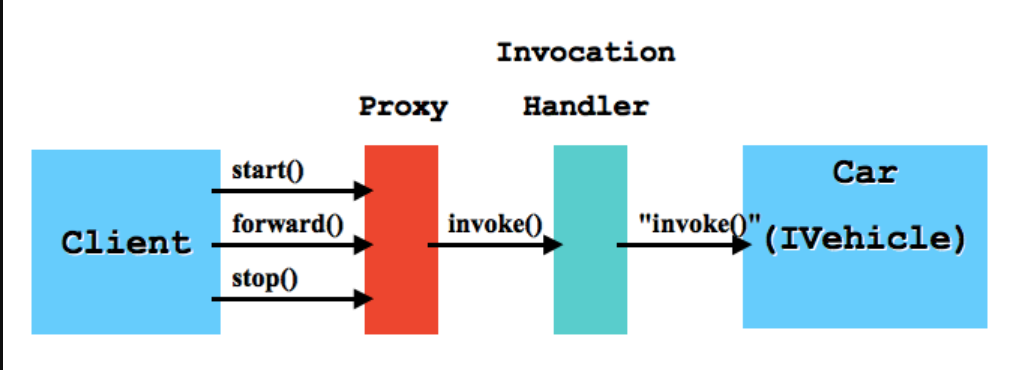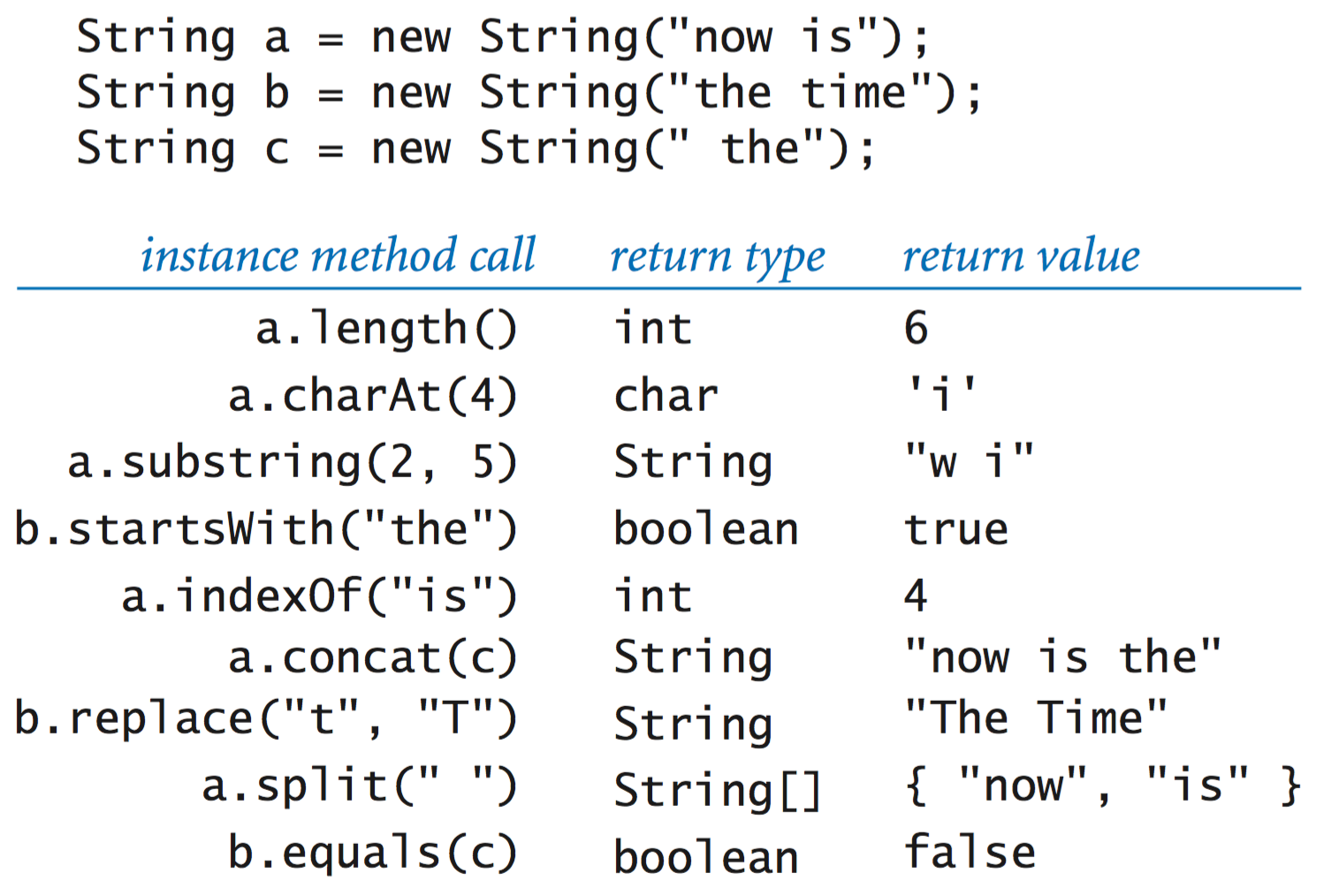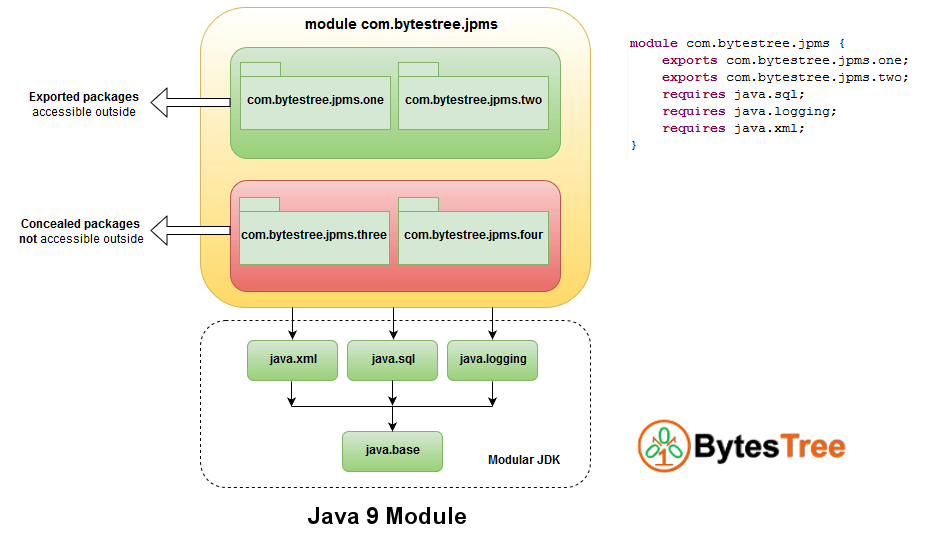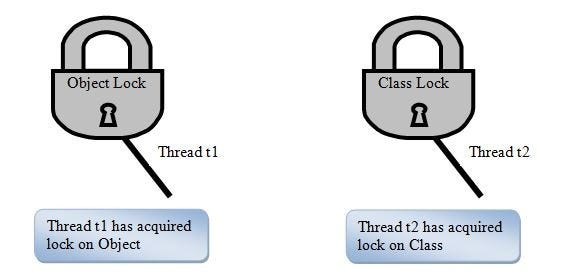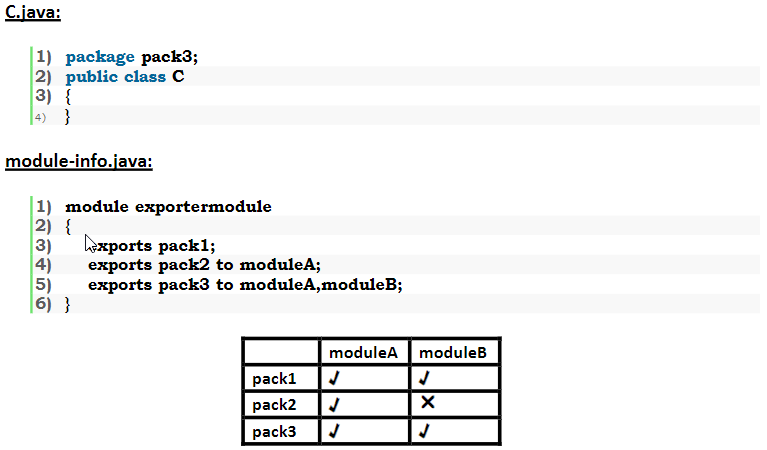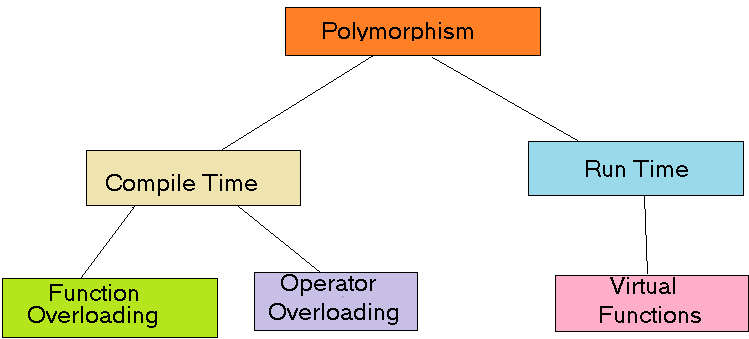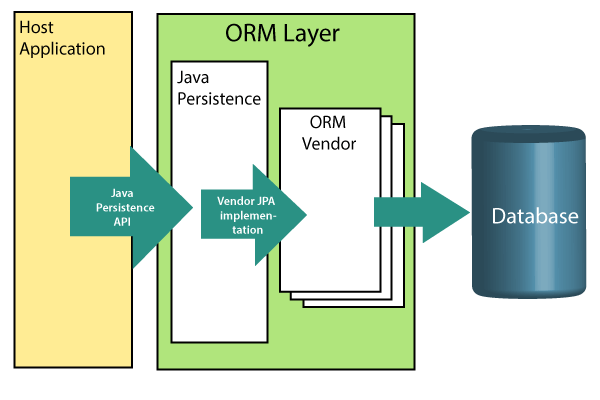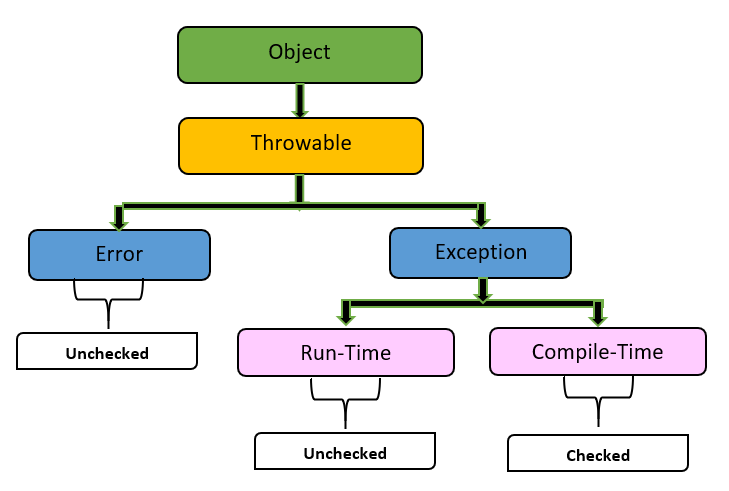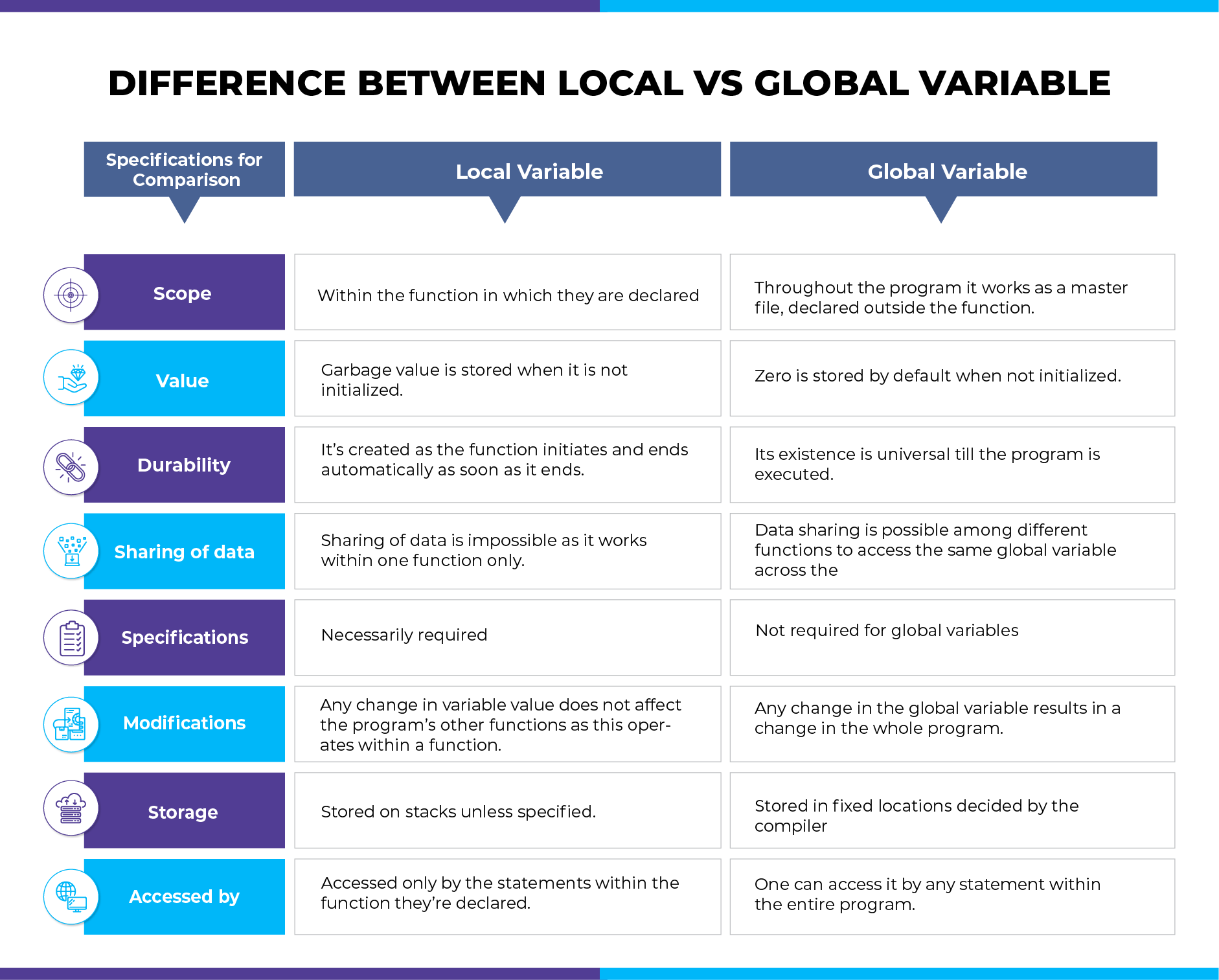Java class constructor list example
Java class constructor list example
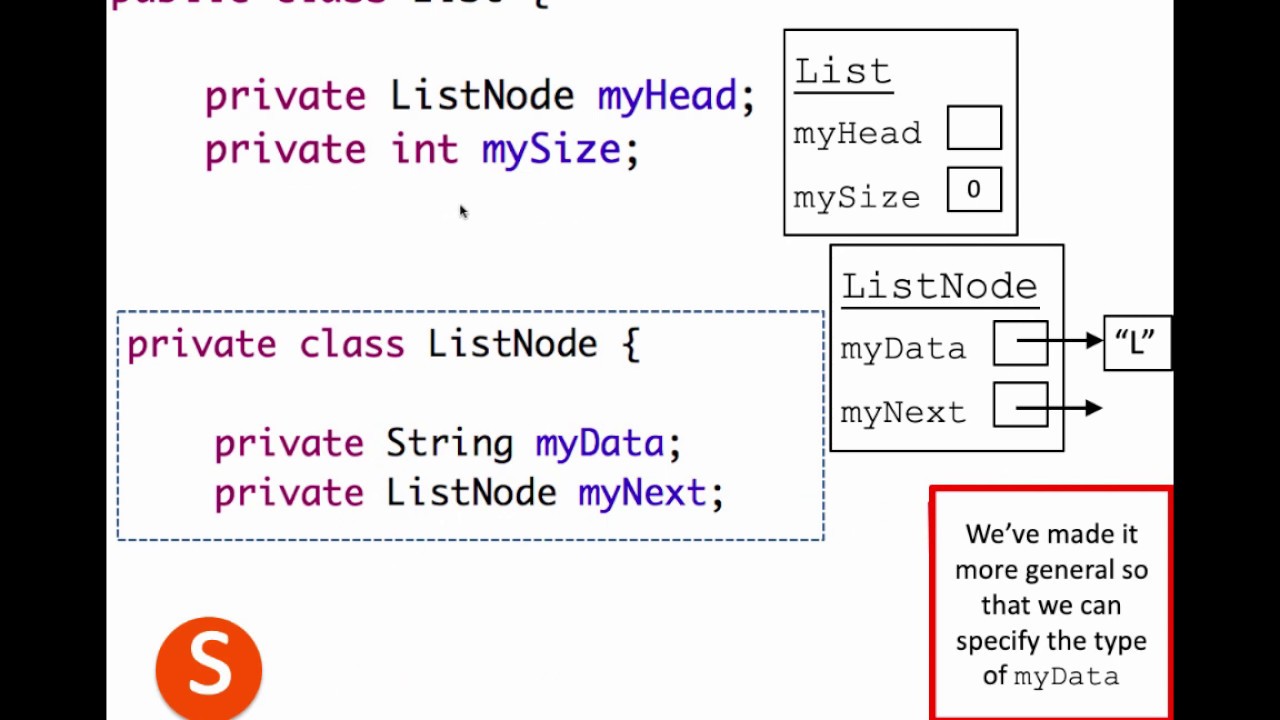
I'm happy to help! Here's a detailed explanation of constructors in Java with examples:
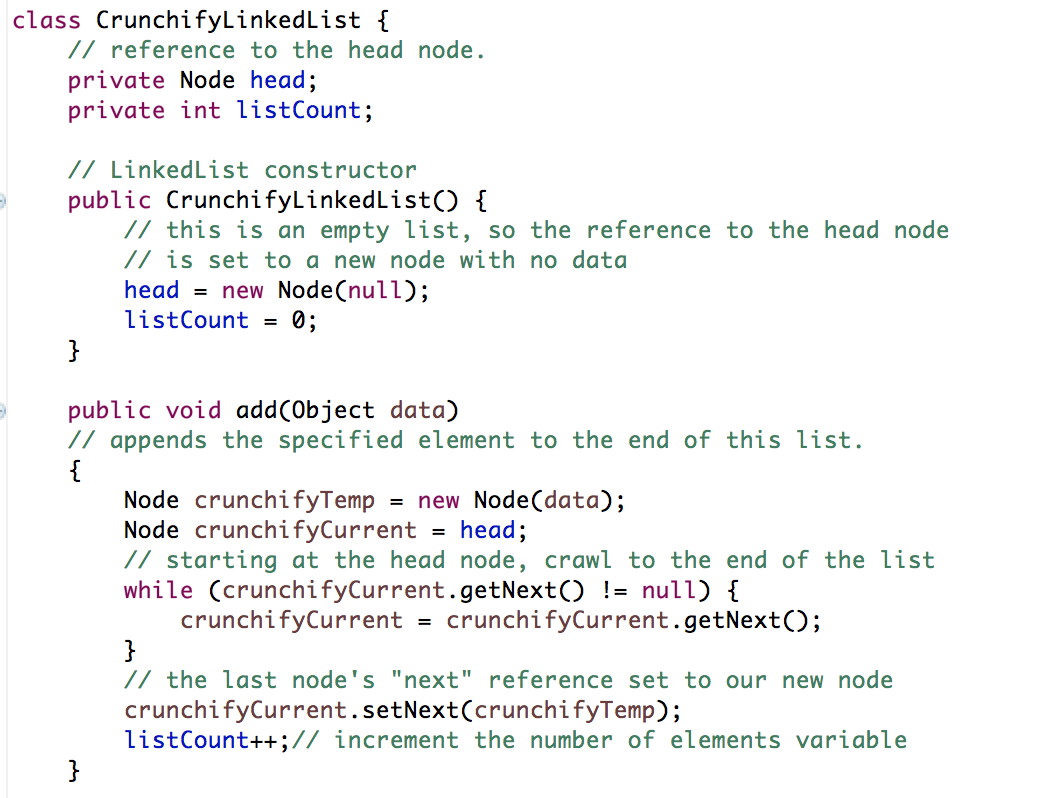
What is a Constructor?
A constructor is a special method that gets called when an object is created from its class. It has the same name as the class and no return value (not even void). A constructor is used to initialize objects, set their properties, and perform other necessary setup.
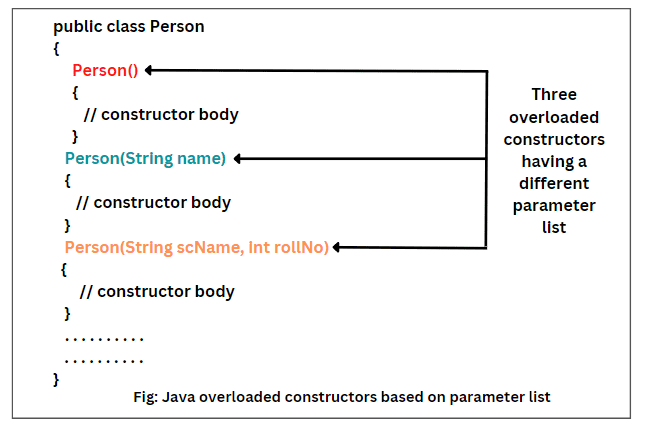
Constructor Syntax
The syntax for a constructor in Java is as follows:
public Classname(parameter1, parameter2, ...) {
// Constructor body
}
Where Classname is the name of the class, and parameter1, parameter2, etc. are the parameters passed to the constructor.
Example 1: Simple Constructor
Let's create a simple example with a Person class that has two properties: name and age.
public class Person {
private String name;
private int age;
public Person(String name, int age) {
this.name = name;
this.age = age;
}
}
To use this constructor, we would create a new Person object like this:
Person person = new Person("John", 30);
The constructor would then set the name and age properties of the person object.
Example 2: Constructor with Multiple Parameters
Let's add another property, address, to our Person class. We'll also create a constructor that takes three parameters: name, age, and address.
public class Person {
private String name;
private int age;
private String address;
public Person(String name, int age, String address) {
this.name = name;
this.age = age;
this.address = address;
}
}
To use this constructor, we would create a new Person object like this:
Person person = new Person("John", 30, "123 Main St");
The constructor would then set the name, age, and address properties of the person object.
Example 3: Constructor with No Parameters
Sometimes we might want to create a default constructor that takes no parameters. We can do this by creating a constructor with an empty parameter list (()).
public class Person {
private String name;
private int age;
public Person() {
this.name = "Unknown";
this.age = 0;
}
}
To use this constructor, we would create a new Person object like this:
Person person = new Person();
The constructor would then set the default values for the name and age properties.
Example 4: Constructor with Default Values
We can also create constructors that take parameters with default values. For example, let's say we want to create a Car class with three properties: make, model, and color. We'll create a constructor that takes two parameters (make and model) with default values for the color property.
public class Car {
private String make;
private String model;
private String color;
public Car(String make, String model) {
this.make = make;
this.model = model;
this.color = "White"; // default value
}
}
To use this constructor, we would create a new Car object like this:
Car car = new Car("Toyota", "Corolla");
The constructor would then set the make, model, and color properties of the car object.
These are just a few examples of how constructors can be used in Java. Constructors are an important part of object-oriented programming, as they allow us to create objects with specific initial values.
Java List constructor with elements
The List class in Java provides several constructors to create a list with initial elements. Here are the commonly used constructors:
1. ArrayList(E... elements): This is the simplest way to create an ArrayList with initial elements.
import java.util.Arrays;
import java.util.ArrayList;
public class Main {
public static void main(String[] args) {
ArrayList list = new ArrayList<>(Arrays.asList("Apple", "Banana", "Cherry"));
System.out.println(list);
}
}
2. LinkedList(E... elements): This is similar to the first constructor, but it creates a LinkedList instead of an ArrayList.
import java.util.Arrays;
import java.util.LinkedList;
public class Main {
public static void main(String[] args) {
LinkedList list = new LinkedList<>(Arrays.asList("Apple", "Banana", "Cherry"));
System.out.println(list);
}
}
3. LinkedList(Collection<? extends E> c): This constructor creates a LinkedList from a given collection.
import java.util.Arrays;
import java.util.LinkedList;
public class Main {
public static void main(String[] args) {
LinkedList list = new LinkedList<>(Arrays.asList("Apple", "Banana", "Cherry"));
System.out.println(list);
}
}
4. Vector(E... elements): This is similar to the first constructor, but it creates a Vector instead of an ArrayList. However, please note that Vector is a legacy class and not recommended for use in new code.
import java.util.Arrays;
import java.util.Vector;
public class Main {
public static void main(String[] args) {
Vector list = new Vector<>(Arrays.asList("Apple", "Banana", "Cherry"));
System.out.println(list);
}
}
5. CopyOnWriteArrayList(E... elements): This constructor creates a CopyOnWriteArrayList with initial elements.
import java.util.Arrays;
import java.util.CopyOnWriteArrayList;
public class Main {
public static void main(String[] args) {
CopyOnWriteArrayList list = new CopyOnWriteArrayList<>(Arrays.asList("Apple", "Banana", "Cherry"));
System.out.println(list);
}
}
6. AbstractSequentialList(E... elements): This is a abstract constructor that can be used as a base class for your custom list implementation.
import java.util.Arrays;
import java.util.ArrayList;
public class Main {
public static void main(String[] args) {
MyList list = new MyList<>(Arrays.asList("Apple", "Banana", "Cherry"));
System.out.println(list);
}
}
class MyList extends AbstractSequentialList {
// Your implementation goes here
}
Note that the Collection class itself does not have a constructor for creating a list with initial elements. However, you can use other collection classes like ArrayList, LinkedList, etc., as shown above.
In summary, Java provides several constructors to create lists with initial elements. The choice of constructor depends on the specific requirements and constraints of your code.
